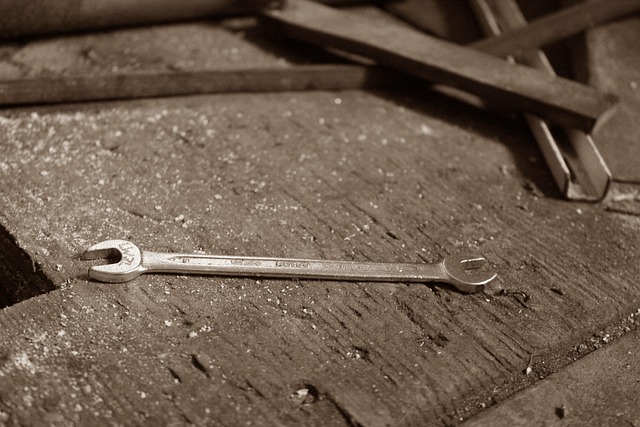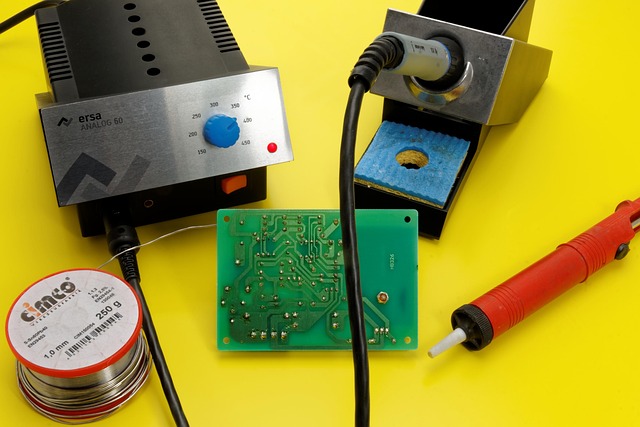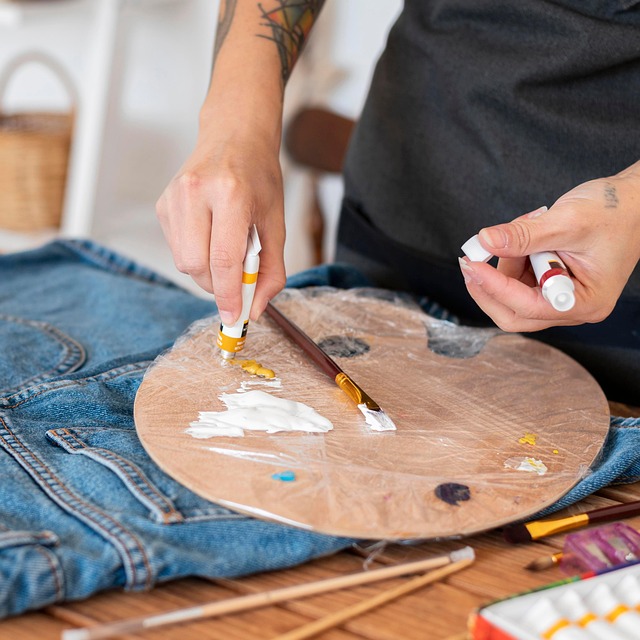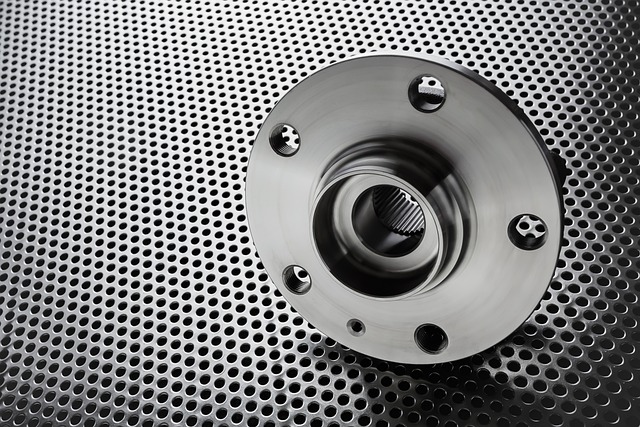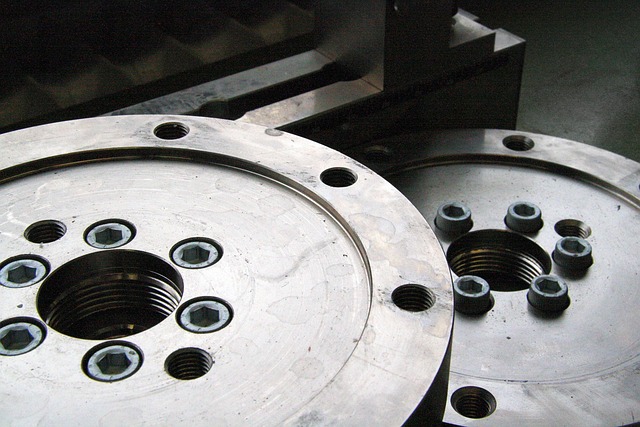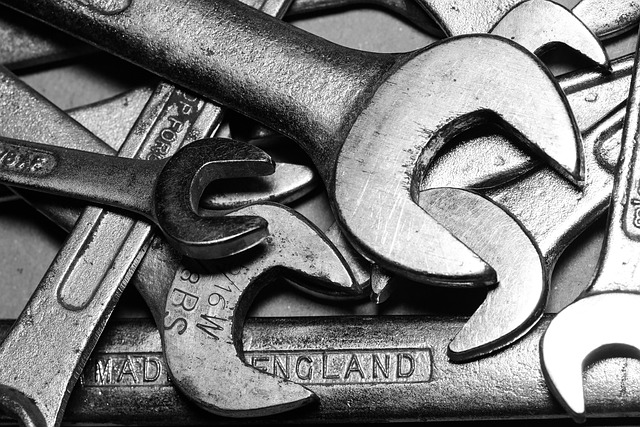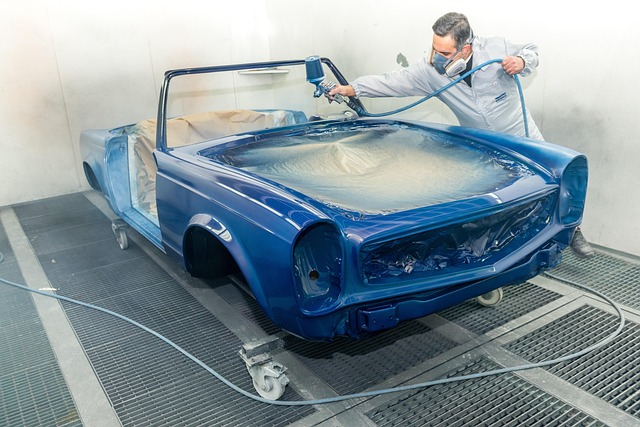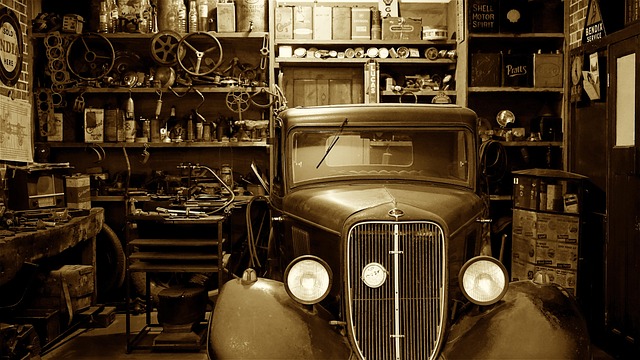Mercedes leather restoration is a DIY project that maintains and repairs luxury leather interiors in Mercedes-Benz vehicles. Enthusiasts should learn cleaning, repair techniques using adhesives and patches, and conditioning to extend leather life. With the right tools like brushes, pH-neutral cleaners, conditioners, dye, and protective gloves, car owners can restore leather at home, enhancing vehicle value while fixing minor damage. For extensive restoration, consult a professional automotive body shop.
Can you revive your worn Mercedes interior with a DIY leather restoration? Absolutely! Learn how to bring new life to your luxury car’s leather with this comprehensive guide. We’ll walk you through understanding the basics of Mercedes leather restoration, outlining the essential tools and materials needed for success, and providing a step-by-step process so you can restore your vehicle’s elegant look at home. Discover tips and tricks from professional detailers and achieve showroom results.
- Understanding Mercedes Leather Restoration: The Basics
- Tools and Materials Needed for a Successful DIY Project
- Step-by-Step Guide: Restoring Your Mercedes Leather at Home
Understanding Mercedes Leather Restoration: The Basics

Leather is a popular material used in many modern vehicles, including Mercedes-Benz models, known for their luxury and craftsmanship. Mercedes leather restoration involves repairing and rejuvenating this high-quality leather to restore its original look and feel. While it might seem like a daunting task, DIY enthusiasts can indeed take on this project at home with the right tools and knowledge.
Understanding the basics of Mercedes leather restoration is crucial before attempting any repairs. The process typically includes cleaning the leather to remove dirt and stains, repairing torn or damaged areas using specialized adhesives and patches, and conditioning the leather to restore its softness and flexibility. For car enthusiasts looking to save on vehicle repair services, learning these techniques can be a cost-effective way to maintain their Mercedes benz repair, especially for minor damage. It’s also beneficial to note that proper care and maintenance can extend the life of your car’s leather upholstery, ensuring it remains vibrant and durable throughout its lifespan.
Tools and Materials Needed for a Successful DIY Project

Restoring Mercedes leather at home can seem daunting but with the right tools and materials, it’s a doable DIY project. You’ll need a dedicated set of supplies designed for fine leather work, such as a soft-bristled brush for cleaning, a pH-neutral leather cleaner, a leather conditioner or balm, and a high-quality leather dye if you’re aiming to match the original color. A small bowl for mixing solutions, several clean cloths for buffing and polishing, and gloves to protect your hands are also essential. For more intensive repairs like car scratch repair or fender repair on other vehicle paint repair projects, consider adding items like a fine-grit sanding block, a clear coat restoration product, and a microfiber towel for precise application.
Step-by-Step Guide: Restoring Your Mercedes Leather at Home

Restoring your Mercedes leather at home can be a cost-effective and rewarding project if approached systematically. Start by gathering all necessary materials including a leather cleaning solution, conditioner, restorer, and a soft cloth or sponge. Put on protective gloves to avoid direct contact with chemicals. Next, gently clean the leather using the cleaning solution, wiping away any dirt or debris with your cloth. After allowing it to air dry completely, apply the conditioner evenly across the entire surface of the leather. Let it soak in for about 15 minutes before buffing off any excess.
Once the conditioner is absorbed, it’s time to introduce the restorer. Following the product’s instructions, apply a thin layer to the leather, working from one side to the other. Allow it to dry according to manufacturer recommendations. Using your soft cloth, gently buff the leather until it achieves a smooth and lustrous finish. Throughout this process, avoid using aggressive techniques that could damage the delicate grain of Mercedes leather. Remember, while DIY restoration offers benefits, for more extensive car body restoration work—especially involving vehicle bodywork—it’s often best to consult with or visit an automotive body shop for professional results.
While DIY Mercedes leather restoration is feasible with the right tools and knowledge, it’s crucial to remember that professional results may require specialized equipment. Before attempting any repair, assess the damage and consider the extent of the work. If minor scratches or stains are involved, a DIY approach could be successful. However, for severe cases or complex repairs, enlisting a professional restorer might be the best option to achieve optimal Mercedes leather restoration.


